River Rangers
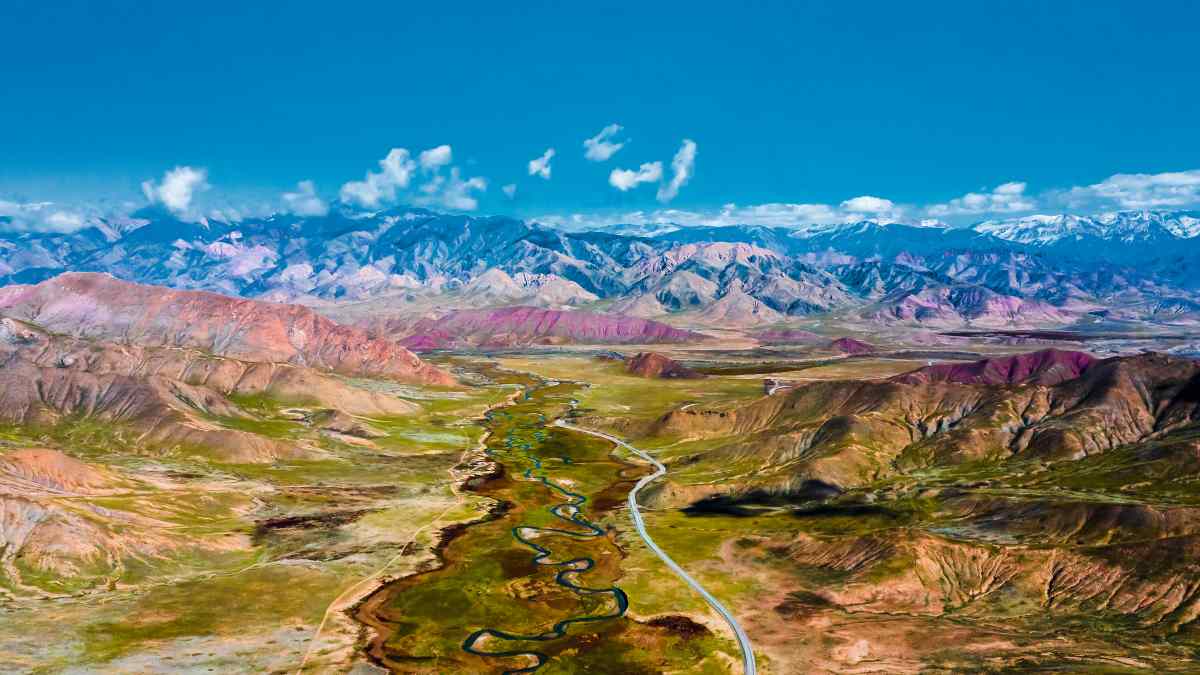
The Sanjiangyuan National Park in the hinterlands of the Qinghai-Tibet Plateau is where the Yangtze, Yellow, and Lancang rivers originate. Covering 190,700 square kilometers, it is the oldest and largest national park in China.
Sanjiangyuan has some of the most concentrated sources of major rivers in Asia and even the world. It plays a vital role in water resource conservation. Each year, it supplies nearly 60 billion cubic meters of high-quality freshwater to 18 provinces, municipalities, and autonomous regions in China as well as to five neighboring countries. For this reason, it has been dubbed the “source of life” for millions of people. The Yangtze, Yellow, and Lancang rivers originate in Madoi, Zadoi, and Zhidoi counties (in Tibetan, “doi” means “source”), respectively.
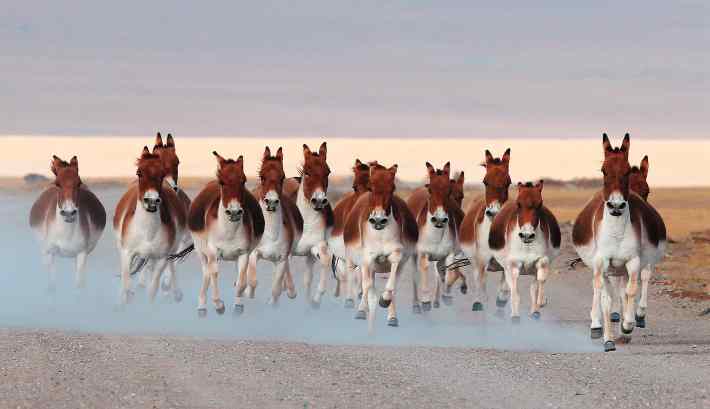
The wild ass, a species endemic to the Qinghai-Tibet Plateau under state first-class protection in China. The animal excels at running, earning it the nickname “runner on the plateau.”
With an average altitude of 4,500 meters, Madoi County in Golog Tibetan Autonomous Prefecture, Qinghai Province, is where the Yellow River originates. Jamyang Dorje is the head of the ecological conservation station in Huanghe Township, Madoi County. He leads 879 ecological rangers to protect the local eco-environment.
Jamyang Dorje grew up on the grassland and once served as a Tibetan language teacher at a local middle school in Madoi County. In 2016 when construction began on the Sanjiangyuan National Park as a pilot project, he quit his job at the age of 32 to become an ecological manager in Huanghe Township. Six natural villages and one relocated village can be found on the township’s 5,000-square-kilometer land. During the construction of the country’s first pilot national park, Jamyang Dorje witnessed local herders transforming from grassland exploiters to protectors.
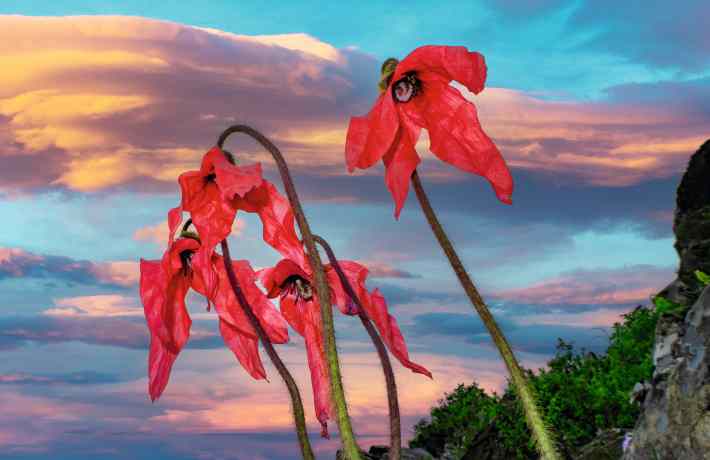
Meconopsis punicea, a wild plant species under state second-class protection in China. (Photo by Peng Jiansheng)
The 879 ecological rangers under his leadership are familiar with every inch of the grassland in their hometown. They know where wolves can be found, where Tibetan antelopes graze, and where kiangs give birth. Their duties include picking up garbage left in the wilderness, building nests for black-necked cranes and buzzards, and helping troubled wild animals, just to name a few. “The planet is the shared home of all life, and wild animals and plants are our family,” said Jamyang Dorje. “We are working to safeguard the eco-environment for future generations.”
Kunkyap Chophel, a local herder, now works as an ecological ranger in Angsai Township, Zadoi County. He is also a wildlife photographer. With the establishment of the Sanjiangyuan National Park, his hometown of Angsai was included in the Lancang River source area. Each local household has someone employed as an ecological ranger. Kunkyap Chophel gave up herding to work at the local ecological conservation station. He gets excited for the opportunities to photograph wild animals that the ecological work facilitates.

Dubbed the “home of snow leopards,” Angsai Township in Zadoi County, Qinghai Province, has some of the greatest biodiversity in the Sanjiangyuan National Park. (Photo by Xu Xun/China Pictorial)
Over the years, he has snapped images of rare and endangered animals such as snow leopards, Tibetan foxes, Pallas’s cats, and blue sheep alongside common animals like brown bears and wild yaks. Photography made Kunkyap Chophel realize how beautiful and powerful such local wild inhabitants are. Gradually, documenting life and nature through images became a habit. He would capture unfamiliar plants he encountered during his daily patrols with camera and then look up their names in a botany dictionary and show their images to curious children. “When I was a child, I was frightened by many animals, but now I consider them friends,” he grinned.

Ecological rangers install scientific surveying equipment in the Sanjiangyuan National Park. (Photo courtesy of the Administration of Sanjiangyuan National Park)
The Angsai Scientific Research Station is the first of its kind in the Sanjiangyuan National Park. Tang Piaopiao, a 28-year-old researcher at the station, acquired a Ph.D. in conservation biology from the School of Life Sciences at Peking University this year. She joined the station’s snow leopard protection and research program in 2017 and spends most of her time searching for traces of this animal in the wild. “Every time I feel exhausted, I remember that I could be missing a snow leopard,” she said. “Perhaps the snow leopards are encouraging me to keep going.” Tang plans to spend two more years performing scientific research at Sanjiangyuan. She hopes that snow leopards continue multiplying and that she finds more opportunities to work in ecological conservation.

Tang Piaopiao, 28,is a researcher at the Angsai Scientific Research Station. She will spend another two years doing scientific research at Sanjiangyuan.(Photo courtesy of Tang Piaopiao)
In 2021, a group of college graduates returned home to Qumarleb County and founded an ecological education station named Lajuewu. They use the station as a platform to provide ecological training for local farmers and herders, instructing them how to classify garbage, monitor rivers, snow mountains, glaciers, grasslands, and wild animals, and promote water resource conservation and village construction. The trainees then bring new ideas to every corner of the grassland. They also perform tasks such as mountain patrols, wildlife observation, and construction of scientific survey stations. Over the years, they have started using social media to document and share their conservation efforts and daily routines as well as local landscapes.
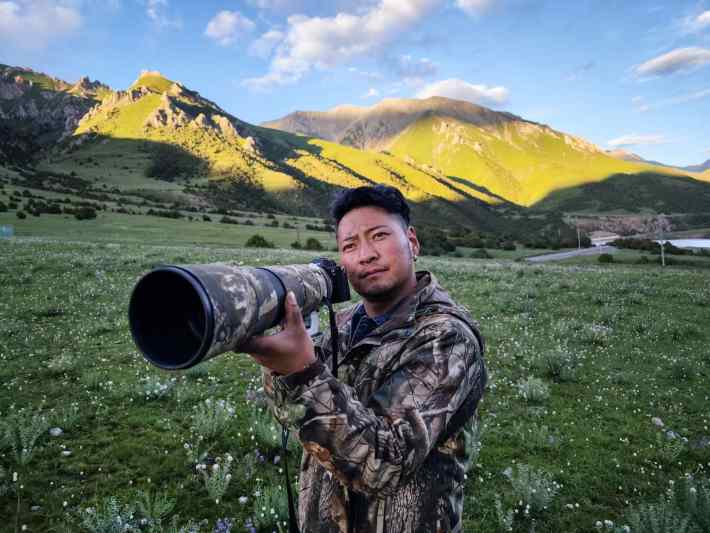
Kunkyap Chophel, a young ecological ranger, is also a wildlife photographer. In addition to ecological protection, he is committed to documenting wild animals with his camera. (Photo by Xu Xun/China Pictorial)
The ecological education station has shouldered the responsibility of facilitating ecological experiences, popularizing knowledge on ecological conservation, and promoting awareness of environmental protection. “Revenues our station earns from organizing ecological experience activities are split: 30 percent goes to local villagers as dividends, 20 percent covers the station’s operational costs, and the other 50 percent goes into the village collective as dividends,” explained Gata, director of the Qumarleb Administration of Ecological Conservation and Natural Resources.
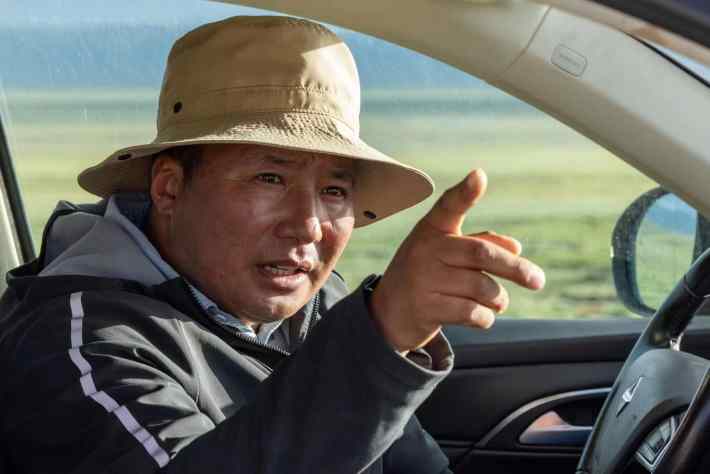
Jamyang Dorje heads the ecological conservation station in Madoi County. He leads 879 ecological rangers who work to protect the local eco-environment.(Photo by Xu Xun/China Pictorial)
Leveraging the ecological education station, local herders are safeguarding their home in a more scientific and effective way. “I believe we can do great things in ecological conservation thanks to great passion and concerted efforts,” one said.